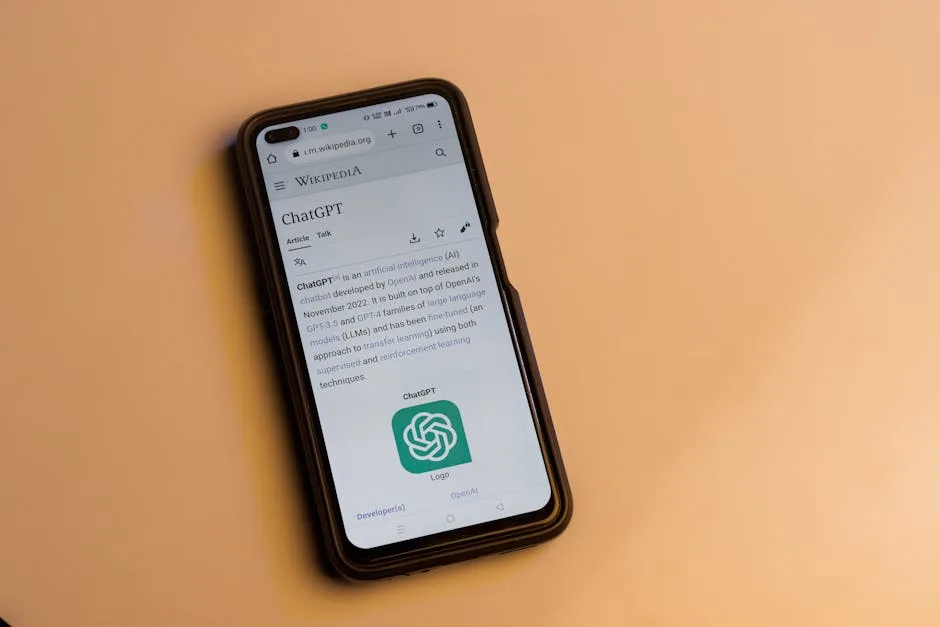
OpenAI’s GPT-5 has officially launched, marking a significant leap in AI capabilities with its dual-model architecture and expanded toolset. Available to free and paid users, the release introduces new features like agentic workflows, medical reasoning, and enhanced coding support—each with potential security implications for enterprise environments1. This article examines the technical specifications, benchmarks, and security considerations relevant to professionals tasked with evaluating emerging technologies.
Architecture and Performance
GPT-5 operates through two specialized models: gpt-5-main for general tasks and gpt-5-thinking for complex reasoning, dynamically routed by an AI classifier2. Benchmark improvements include a 22% coding accuracy boost (SWE-bench) and 80% fewer hallucinations in “thinking” mode. Notably, the model achieves a 46.2% score on HealthBench Hard—a medical evaluation where GPT-4o previously scored 0%3.
The 272K-token context window (Pro tier: 128K) and new reasoning_effort API parameter allow granular control over response depth. However, inconsistencies between web and API performance have been reported, suggesting potential attack surfaces in request handling discrepancies4.
Security Features and Risks
OpenAI’s Preparedness Framework classifies GPT-5 as “High Risk” for bio/chem domains after 5,000+ red-teaming hours5. While the model admits ignorance 91% of the time when uncertain—a 577% improvement over GPT-4o—its agentic capabilities (e.g., automated email drafting) could be weaponized for phishing at scale. The “Software on Demand” feature, which creates web apps from single prompts, raises concerns about unvetted code execution6.
Key security measures include:
- Safe completions training: Reduces overrefusals for sensitive queries (e.g., virology) with educational framing
- HealthBench integration: Validated by 262 physicians for medical use cases
- Plaintext/Regex API tools: Mitigate JSON-based injection risks but introduce regex denial-of-service potential
Enterprise Considerations
For teams evaluating GPT-5 integration, the Pro tier’s Google Calendar/Gmail automation requires scrutiny of OAuth token handling. The model’s 45% hallucination reduction still necessitates output validation for critical workflows. API pricing at $10 per million output tokens could also lead to budget exhaustion attacks if endpoints are poorly rate-limited7.
Third-party testing reveals gaps: Grok 4 Thinking outperforms GPT-5 on abstract reasoning (ARC-AGI leaderboard), and launch presentation graphs contained errors8. Organizations should:
- Audit all AI-generated code (especially from “Software on Demand”)
- Monitor API usage for anomalous token consumption
- Sandbox agentic workflows interacting with enterprise systems
As OpenAI’s valuation reaches $500B post-launch, GPT-5’s hybrid architecture—validated by NVIDIA’s research on specialized SLMs—signals a shift toward modular AI systems9. While not a direct replacement for human expertise, its medical and coding applications warrant controlled deployment with rigorous oversight.
References
- “Introducing GPT-5,” OpenAI Blog, Aug. 7, 2025.
- “GPT-5 API Documentation,” OpenAI, 2025.
- “HealthBench Collaboration,” OpenAI, 2025.
- “GPT-5 Training Data Challenges,” The Information, Aug. 8, 2025.
- “GPT-5 System Card,” OpenAI, 2025.
- “GPT-5 Agentic Capabilities,” Fortune, Aug. 7, 2025.
- “OpenAI $500B Valuation,” Yahoo Finance, Aug. 9, 2025.
- “ARC-AGI Leaderboard,” ARC Prize, 2025.
- “Small Language Models Are the Future,” NVIDIA Research, Jun. 2025.






